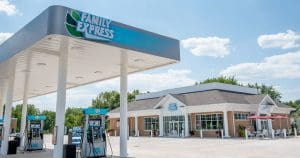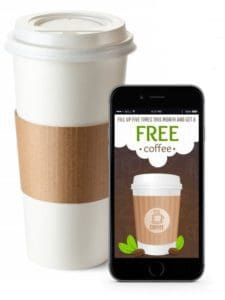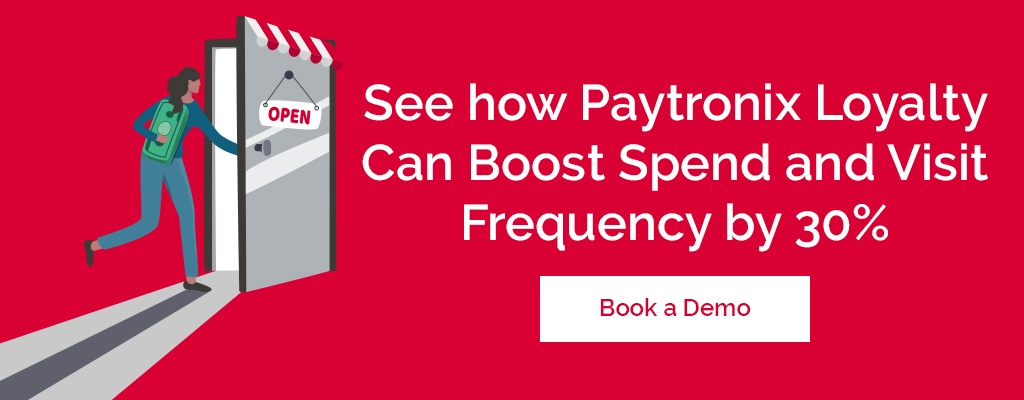2 min read
2025 Restaurant Loyalty Insights Report
Unlock loyalty strategies that 3 out of 4 restaurants use to boost engagement by 40% without adding staff.
2 min read
The Future of Gen Z and Convenience Stores
Jul 30, 2019

Convenience stores have been an American staple for close to 100 years, serving an important function for the average consumer. But with technology changing so rapidly and major retailers like Amazon making moves that threaten the market, will c-stores continue to be relevant to the next generation?
It’s necessary to answer this question because Gen Z (the next generation with purchasing power) constitutes nearly 27% of the entire U.S. population and is on track to be the largest generation of consumers. However, its shopping habits are substantially different from other groups. If convenience stores can’t capture the interest of this generation now, they’ll struggle to stay relevant … and stay in business.
Here are six trends that conveniences stores need to be aware of – and capitalize on – to create loyal shoppers among Gen Z.
- They are technology natives. Gen Z is the first true digital generation, and its members are accustomed to being able to use mobile phones, apps, and the Internet to do anything they need to do. That means, of course, that a c-store must incorporate technology into its interactions with customers, whether it be apps, mobile ordering, paying via mobile, or some combination of them.
- They expect diversity in their food. We already know that this is a “foodie” generation – perhaps even more so than others. But Gen Z has wider access to a variety of cuisines from cultures around the world, which makes it incumbent upon convenience stores to offer many different types and flavors of foods.
- They expect a mobile presence. Beyond a fondness for technology in general, the members of Gen Z are especially attached to their mobile devices. They expect the businesses they frequent to cater to them in the form of a mobile-optimized site, an app, a mobile loyalty program, and/or SMS messaging.

- They use online reviews to guide choices. More than any other generation, Gen Z makes buying choices based on online reviews. Studies have shown than a one-star increase for a business on Yelp leads to a 5-9% increase in revenue. C-stores need to constantly monitor their online reviews, as well as encourage happy customers to write them.
- They have an expectation of immediacy. Members of this digital generation are accustomed to being able to access what they want when they want it--whether on a website, in person, or online to offline (O2O). Convenience stores, therefore, need to implement ways for Gen Z customers to get items as quickly as possible, including offering NFC Loyalty and mobile payment.
- They regularly order online. There has never been a time when Gen Z couldn’t place orders for things online. Just a few years ago, two-day shipping was a revelation, and now people can have a reasonable expectation of getting a delivery in less than an hour. A c-store that wants to stay competitive in the marketplace needs to offer store delivery, curbside pickup, or both.
Digital guest engagement programs are the key to making Gen Z (and all generations) feel as valued as possible. They enable c-stores to gather data and use it to deliver promotions, discounts, and messaging that is relevant on an individual level. These programs can include and/or integrate with an app, mobile payment, delivery options, and any number of other digital touchpoints.
Because the promotions are personally meaningful, customers partake in them and visit the c-store location more frequently. And encouraging those habits when Gen Z is young helps create loyalty for life.
Engaging Gen Z customers requires a comprehensive plan.

2 min read
Insights on Creating A Frictionless Shopping Experience
What if most stores – and even Amazon – are getting frictionless shopping wrong? What would it mean for brands that are trying to do things...

3 min read
Increase Revenue by Turning Up the Heat on Your Coffee Purchases
People are creatures of habit. We get out of bed at the same time, start our day by visiting the same website, and go to the same place for our...



